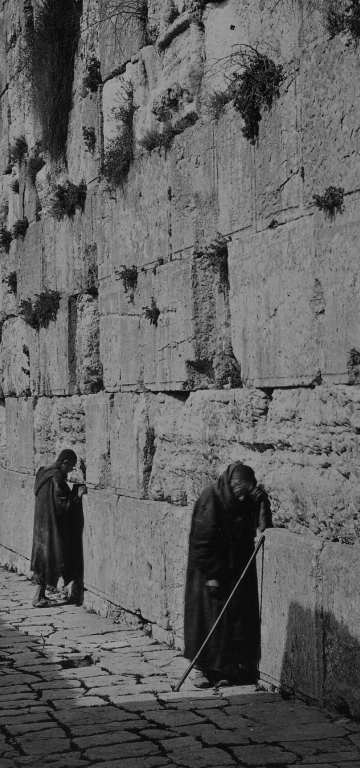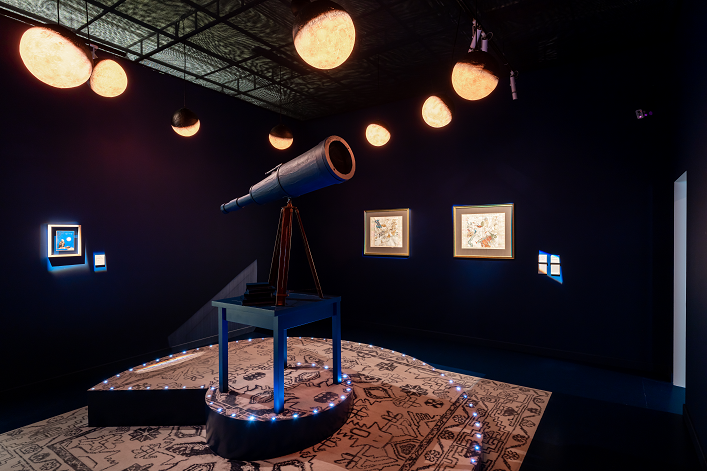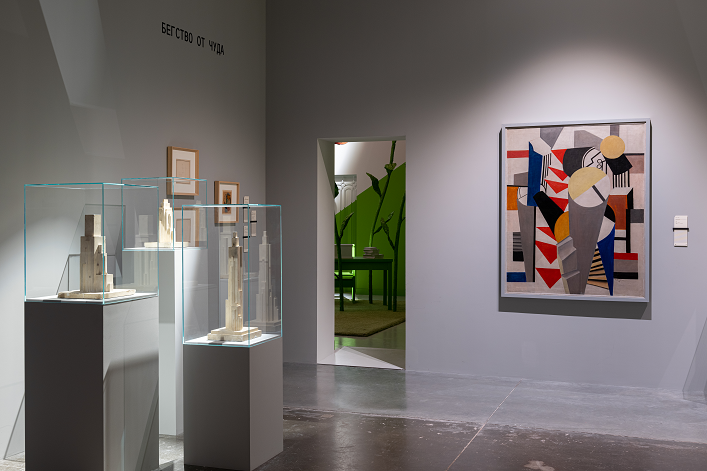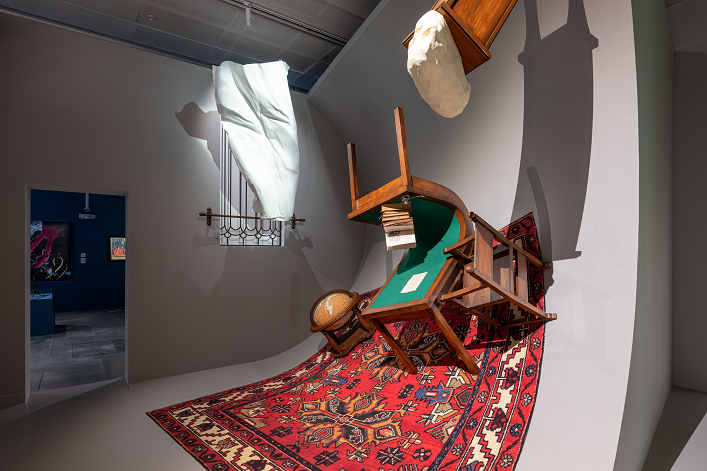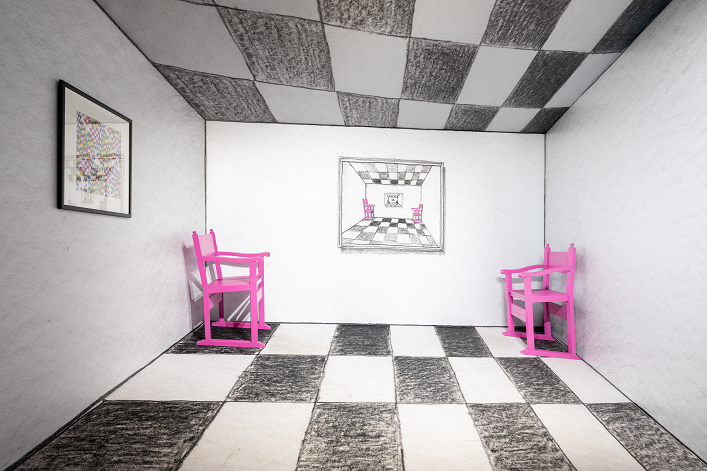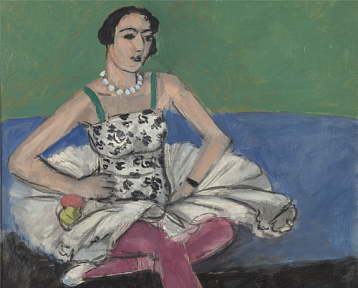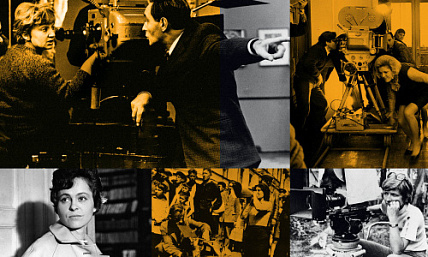In the Language of Rules and Exceptions. Science and Art
.
Exhibition
The exhibition deals with the relationship between two of the most important spheres of human activity: science and art.
The Jewish Museum and Tolerance Center presents the family-friendly exhibition In the Language of Rules and Exceptions. Science and Art, jointly organized with the Polytechnic Museum. The exhibition deals with the relationship between two of the most important spheres of human activity and the many forms of their interaction. The exhibition is held as part of the Decade of Science and Technology in Russia (2022–2031).
The exhibition features six interactive objects and more than 80 works produced over the past 500 years, from the Late Renaissance to our days, from the likes of Albrecht Dürer and Rembrandt to installations by contemporary artists such as ::VTOL:: and Andrey Bartenev. The list of artists on display at the show includes Rembrandt Harmenszoon van Rijn, Pieter Brueghel the Younger, Katsushika Hokusai, Georges Seurat, Fernand Léger, Joan Miró, Kazimir Malevich, Pavel Filonov, Ivan Leonidov, Konstantin Yuon, Yuri Pimenov, Dmitry Plavinsky, Vyacheslav Koleichuk, Francisco and Platon Infante-Arana, Bill Viola, and more. One of the pieces at the exhibition is ‘Crystal of Light. (Low-speed cargo)’, created by contemporary artists Molitor&Kuzmin, who have been performing objects from various luminous elements for many years.
The works by these and other artists are on loan from major Russian museums, including the State Hermitage, the State Tretyakov Gallery, the Pushkin State Museum of Fine Arts, the State Museum of Oriental Art, the Shchusev Museum of Architecture, as well as from the Stella Art Foundation and private art collections.
The Polytechnic Museum has contributed items for the many sections of the exhibition. These are rare and valuable devices that take as much effort and skill to create as works of art do. Masters of the past were also meticulous about the aesthetical qualities of the objects they made. Visitors to the exhibition will get to see an 18th-century telescope, a 19th-century solar microscope, a folding sundial, and the only surviving registrier, a device used to record vertical seismic oscillations. Also on display at the exhibition are items from the Polytechnic Museum that once helped scholars study and demonstrate the laws of optics. Among them are biconvex lenses, a total-internal-reflection prism, and Adolf Ferdinand Weinhold’s achromatic prism. The interplay between science and art is most vividly exemplified by a portable camera obscura and a camera lucida from the Polytechnic Museum’s collection. Visitors to the exhibition will find out how painters of the past used these devices, invented by scientists, to create their art.
The curators of the exhibition — Ira Dvoretskaya, who is the children's program development director at the Jewish Museum and Tolerance Center, and the museum’s chief curator Maria Gadas — sought to create a family-oriented project that would be of interest to people of all ages and levels of education. Interactive zones equipped with objects and implements that acquaint visitors with various spheres of knowledge make up a big part of the exhibition.
The exhibition is divided into six sections dealing with astronomy, biology, physics, optics, geography, and biomechanics.
In the Astronomy section, visitors can take a walk among the constellations, and then, inspired by the works of Rostan Tavasiev and Garif Basyrov, create a man-made cosmos of their own using the interactive augmented-reality sandbox.
The Physics section features works of art that were created with a deep understanding of the science’s amazing laws while also exploring new dimensions. These include Ivan Leonidov’s projects and Kazimir Malevich’s architectons, which pushed the boundaries of what we think is possible and what actually exists.
A great deal of research is based on our observations of the evolution of organic elements. Science seeks to protect matter from decay, make expiry dates obsolete and even find a key to eternal youth. Here, curators suggest that we should look at the process of matter evolving through the eyes of renowned painters such as Kuzma Petrov-Vodkin, Pavel Filonov, and Boris Grigoriev. A story describing the role that art has played in the science of biology over the past few centuries is part of the Biology section. Children and grown-ups alike are invited to try their hand at the digital bio-game Fish Making.
Architecture: Alexey Tregubov
Photoes by Natalie Gertz
With the support of:
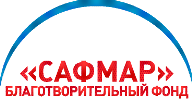

General information partner: Television partner: Strategic partner: Telegram partner:



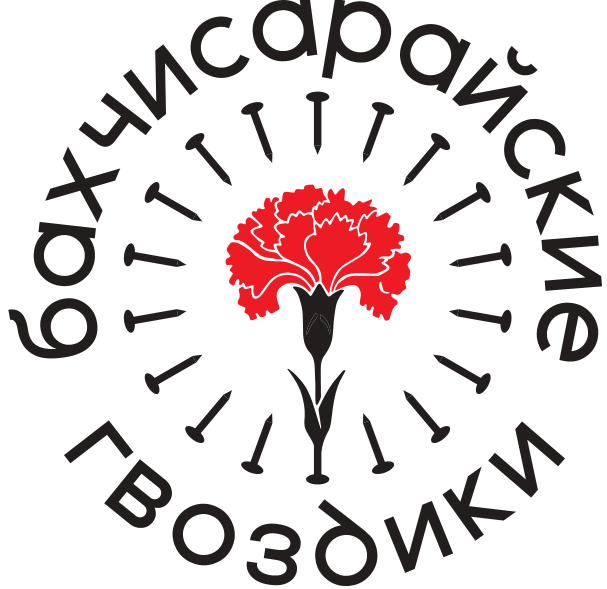
Information partners:



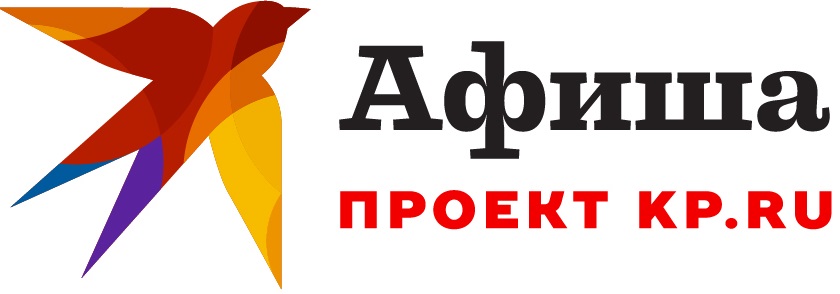




The exhibition features six interactive objects and more than 80 works produced over the past 500 years, from the Late Renaissance to our days, from the likes of Albrecht Dürer and Rembrandt to installations by contemporary artists such as ::VTOL:: and Andrey Bartenev. The list of artists on display at the show includes Rembrandt Harmenszoon van Rijn, Pieter Brueghel the Younger, Katsushika Hokusai, Georges Seurat, Fernand Léger, Joan Miró, Kazimir Malevich, Pavel Filonov, Ivan Leonidov, Konstantin Yuon, Yuri Pimenov, Dmitry Plavinsky, Vyacheslav Koleichuk, Francisco and Platon Infante-Arana, Bill Viola, and more. One of the pieces at the exhibition is ‘Crystal of Light. (Low-speed cargo)’, created by contemporary artists Molitor&Kuzmin, who have been performing objects from various luminous elements for many years.
The works by these and other artists are on loan from major Russian museums, including the State Hermitage, the State Tretyakov Gallery, the Pushkin State Museum of Fine Arts, the State Museum of Oriental Art, the Shchusev Museum of Architecture, as well as from the Stella Art Foundation and private art collections.
The Polytechnic Museum has contributed items for the many sections of the exhibition. These are rare and valuable devices that take as much effort and skill to create as works of art do. Masters of the past were also meticulous about the aesthetical qualities of the objects they made. Visitors to the exhibition will get to see an 18th-century telescope, a 19th-century solar microscope, a folding sundial, and the only surviving registrier, a device used to record vertical seismic oscillations. Also on display at the exhibition are items from the Polytechnic Museum that once helped scholars study and demonstrate the laws of optics. Among them are biconvex lenses, a total-internal-reflection prism, and Adolf Ferdinand Weinhold’s achromatic prism. The interplay between science and art is most vividly exemplified by a portable camera obscura and a camera lucida from the Polytechnic Museum’s collection. Visitors to the exhibition will find out how painters of the past used these devices, invented by scientists, to create their art.
The curators of the exhibition — Ira Dvoretskaya, who is the children's program development director at the Jewish Museum and Tolerance Center, and the museum’s chief curator Maria Gadas — sought to create a family-oriented project that would be of interest to people of all ages and levels of education. Interactive zones equipped with objects and implements that acquaint visitors with various spheres of knowledge make up a big part of the exhibition.
The exhibition is divided into six sections dealing with astronomy, biology, physics, optics, geography, and biomechanics.
In the Astronomy section, visitors can take a walk among the constellations, and then, inspired by the works of Rostan Tavasiev and Garif Basyrov, create a man-made cosmos of their own using the interactive augmented-reality sandbox.
The Physics section features works of art that were created with a deep understanding of the science’s amazing laws while also exploring new dimensions. These include Ivan Leonidov’s projects and Kazimir Malevich’s architectons, which pushed the boundaries of what we think is possible and what actually exists.
A great deal of research is based on our observations of the evolution of organic elements. Science seeks to protect matter from decay, make expiry dates obsolete and even find a key to eternal youth. Here, curators suggest that we should look at the process of matter evolving through the eyes of renowned painters such as Kuzma Petrov-Vodkin, Pavel Filonov, and Boris Grigoriev. A story describing the role that art has played in the science of biology over the past few centuries is part of the Biology section. Children and grown-ups alike are invited to try their hand at the digital bio-game Fish Making.
Architecture: Alexey Tregubov
Photoes by Natalie Gertz
With the support of:
General information partner: Television partner: Strategic partner: Telegram partner:

Information partners:
OTHER EXHIBITIONS
Museum Archive
